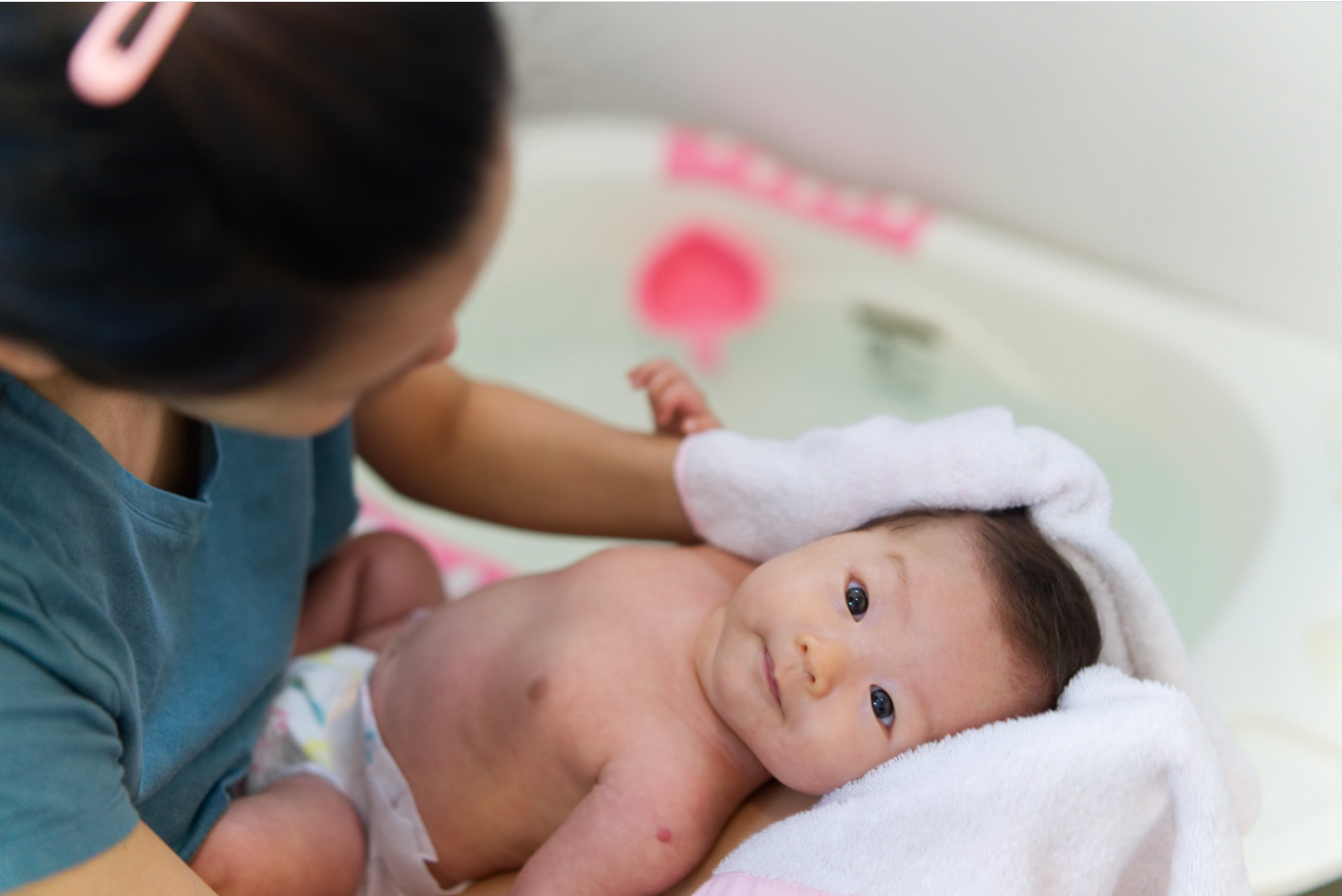I will be telling you about the importance of and how to cuddle your newborn baby in today’s program. Throughout pregnancy your baby lived in a soft womb tissue by moving in fluid in your body with all his/her system being managed by your body.
NEWBORNS NEED TO BE CUDDLED
Hello dear prospective mothers and fathers and current mothers and fathers as well,
I will be telling you about the importance of and how to cuddle your newborn baby in today’s program. Throughout pregnancy your baby lived in a soft womb tissue by moving in fluid in your body with all his/her system being managed by your body. This was a way of life he/she knew and was used to. However, when he/she was born to this world, to be lying on a still and firm bed was extremely disturbing. This is why your baby wants to always be in your lap. Mothers on the other hand get tired of carrying their babies after a while and are being constantly criticized by those around them. Such as; You are making the baby get used to being in your lap!
Whereas, the baby needs this. And this is why you need help. Well, this carrier could be a 5-meter long shawl. How do we use it, like this… First we find the midpoint, and get in the middle and quickly collect the shawl, after taking it over our shoulders from the back, we widen the part we will be placing our baby in.
- Come sweet baby! We still need to place newborns within the shawl in a similar manner to what they are used to in their mother’s womb during the first 3 months; that is by curling their legs and pulling the shawl up to their ears.
I have pulled the shawl to this side; I grab the other end with my other hand and tie it at the back. It should be at a level where you can kiss the forehead of your baby.
In this position your baby contacts you tummy to tummy and gets the smell of milk. When you walk, you make him/her feel the rhythm that he/she felt for 9 months when he/she was in your womb, and this calms him/her, and his/her tummy touches yours, and he/she hears your heartbeat and relaxes.
See you in the next program, stay safe.
To be born to a new world is a major shock for the baby, whereas adapting to it is a challenging and long process. While living and moving within the fluid of his/her mother’s womb and resting on the soft womb tissue, the sense of emptiness and change in pressure as well as being in a still and firm bed must be extremely disturbing to him/her upon being born to this earth. The environment in the womb automatically balances the baby’s system throughout the 9 months the baby passes in the mother’s womb, and birth temporarily disrupts this balance. Nevertheless, the earlier you initiate the afterbirth support system to your baby, the sooner will your baby adapt to life after birth. This is why babies are only comfortable when in your lap or breastfeeding when they are born and start crying as soon as they are put to bed. You should know this and not mind the objections coming from left and right such as; “The baby is getting used to being carried in the lap” and keep on carrying your baby where he/she is supposed to be in the days following birth; that is close to your body. Using a carrier to carry your baby also frees your hands and arms (I will be stating this while tying the baby to my body): As you can see, the baby is resting on my body, but I can also freely sit and stand as well as perform my chores. Well, even if you are out and your baby is hungry, you may breastfeed comfortably by sitting down somewhere convenient… (I will be demonstrating these). Rhythmic walks of the mother reminds the baby of his/her life within the womb, this is due to the fact that he had been feeling this for 9 months, whereas now he/she is feeling it outside the womb and this calms him/her down. The heartbeats, arrangement and acquaintance of the mother and with the ear of the baby resting on the chest of the mother, these sounds relax him/her. Whereas another biological regulator is to be chest to chest or tummy to tummy in the baby carrier; this enables the baby to feel the breath rhythm of his/her mother and thus the regular rhythms of the parent have a balancing effect on the irregular rhythm of the baby. As carrying the baby in your lap helps the formation of middle ear balance, it will help the baby to stay in balance during the left, right, up, down, back, and forth movements of the mother. The baby carrier ensures the continuation of the balanced life of the baby in the womb and constantly reminds the baby that the movement continues.










